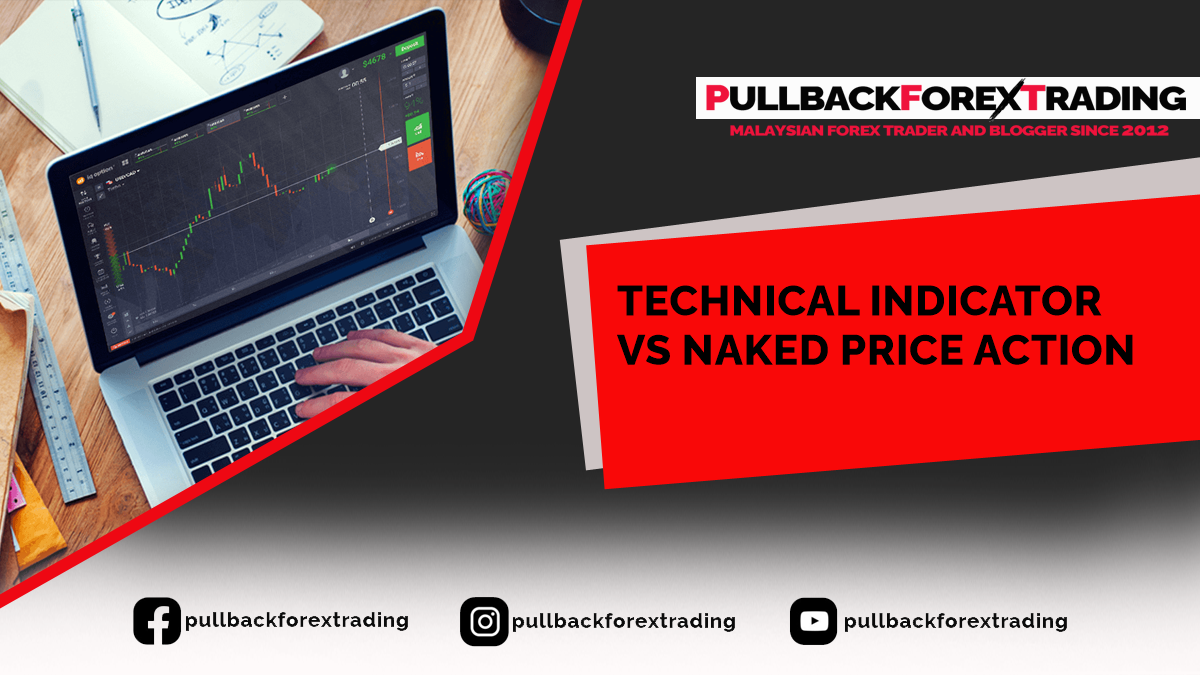
TECHNICAL INDICATORS: HOLY GRAIL OR HOLY SH*T
What is Technical Indicators?
Technical indicators are popular among newbies in forex trading because they provide a structured way to analyze price movements and make trading decisions. Indicators like moving averages, RSI (Relative Strength Index), MACD (Moving Average Convergence Divergence), and Bollinger Bands are relatively easy to understand and use, making them attractive to beginners. They offer visual cues and signals that help traders identify potential entry and exit points, manage risk, and form trading strategies, even without in-depth knowledge of fundamental analysis. Additionally, many trading platforms offer these indicators built-in, further enhancing their accessibility to new traders.
Why so many of them(traders) failed?
Many new traders fail when using technical indicators for several reasons:
- Over-reliance: Some traders rely too heavily on technical indicators without considering other important factors like market sentiment, economic news, and geopolitical events. Indicators are just one tool in a trader’s toolbox and should be used in conjunction with other forms of analysis.
- Lack of Understanding: Many new traders use technical indicators without fully understanding how they work or the underlying principles behind them. This can lead to misinterpretation of signals and poor decision-making.
- False Signals: Technical indicators can generate false signals, especially in ranging or choppy markets. New traders may not be adept at filtering out these false signals, leading to losses.
- Chasing Indicators: Some traders constantly switch between different indicators or settings in search of the “perfect” signal, which can lead to confusion and indecision.
- Ignoring Risk Management: Successful trading is not just about finding profitable trades but also managing risk. New traders often overlook the importance of risk management and position sizing, leading to large losses when trades go against them.
- Market Conditions: Technical indicators may perform well in certain market conditions but poorly in others. New traders may not recognize when to adjust their strategies based on changing market conditions.
Overall, while technical indicators can be useful tools for traders, success in trading requires a comprehensive understanding of market dynamics, risk management, and the ability to adapt to changing conditions.
Should newbie use indicators or not?
Newbies can use indicators, but it’s essential for them to do so with caution and a solid understanding of how they work. Here are some considerations:
- Education: Before using any indicator, new traders should take the time to educate themselves on its principles, strengths, weaknesses, and common pitfalls.
- Start with Basics: Newbies should start with simple indicators like moving averages, RSI, or MACD, and gradually expand their knowledge as they gain experience.
- Combine with Other Analysis: Indicators should be used in conjunction with other forms of analysis, such as fundamental analysis or price action analysis, to make more informed trading decisions.
- Practice: New traders should practice using indicators on demo accounts or with small trading sizes before risking real money. This allows them to gain experience and confidence without the pressure of live trading.
- Avoid Overloading: It’s easy to get overwhelmed by the multitude of indicators available. New traders should avoid overloading their charts with too many indicators and focus on mastering a few that work well for them.
- Understand Limitations: Indicators have limitations and may not always provide accurate signals. New traders should be aware of these limitations and not rely solely on indicators for decision-making.
Ultimately, while indicators can be valuable tools for new traders, they should be used as part of a broader trading strategy that includes risk management, continuous learning, and adaptability to changing market conditions.
Indicators vs naked chart; which one is better?
The debate between using indicators and trading based on naked charts (price action alone) is ongoing, and there’s no definitive answer on which is better. Both approaches have their advantages and disadvantages:
Indicators:
- Advantages:
- Provides structured signals: Indicators offer clear signals for entry and exit points, making it easier for traders to interpret price movements.
- Objective analysis: Indicators remove some of the subjectivity involved in analyzing price action, providing objective data points for decision-making.
- Suitable for systematic trading: Indicators can be easily incorporated into automated trading systems for systematic trading.
- Disadvantages:
- Lagging nature: Many indicators are based on past price data, which means they may lag behind current market movements.
- False signals: Indicators can produce false signals, especially in choppy or ranging markets, leading to losses if not filtered properly.
- Over-reliance: Relying solely on indicators without considering other factors can lead to tunnel vision and missed opportunities.
Naked Charts (Price Action):
- Advantages:
- Real-time analysis: Price action analysis provides immediate insight into current market dynamics without lag.
- Incorporates market sentiment: Price action reflects the collective psychology of market participants, offering valuable clues about market direction.
- Flexible and adaptable: Price action traders can adapt their strategies to changing market conditions more easily than indicator-based traders.
- Disadvantages:
- Subjective interpretation: Price action analysis can be subjective, as different traders may interpret the same chart differently.
- Steeper learning curve: Mastering price action analysis requires a deep understanding of market dynamics and price patterns, which can take time to develop.
- Lack of structure: Trading based solely on price action may lack the structured signals provided by indicators, making it harder for some traders to make decisions.
Ultimately, whether indicators or naked charts are better depends on individual trading styles, preferences, and personalities. Some traders find success with indicator-based strategies, while others prefer the simplicity and flexibility of price action analysis. It’s essential for traders to experiment with both approaches and find what works best for them. Additionally, many successful traders incorporate elements of both approaches into their trading strategies for a well-rounded approach to the markets.
So what’s your take? Should you use technical indicators or just rely on price action? You decide!



